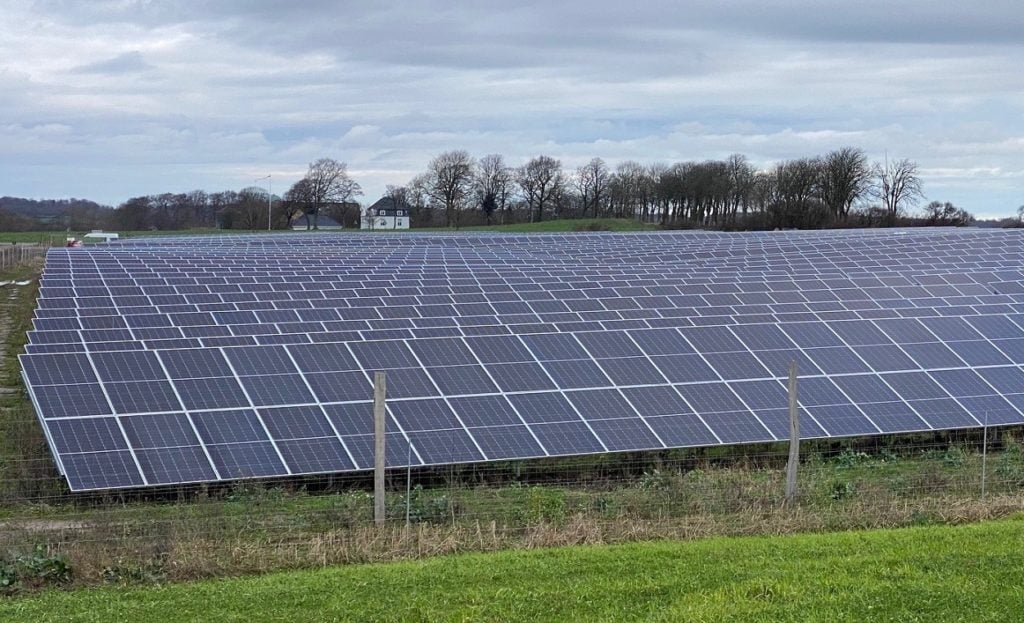
Danish independent power producer (IPP) Better Energy has delayed the development of a 3GW solar PV portfolio in Denmark until “beyond 2030” because renewable energy demand is “lagging behind” capacity rollout.
In an article on its website, Better Energy CEO Rasmus Lildholdt Kjær said: “We react swiftly to market signals to ensure that we are in the right position and aligned towards the market situation we are heading into. Specifically, this means that we expect to postpone 3 GW of upcoming solar power capacity from our Danish project portfolio alone until after 2030.”
Try Premium for just $1
- Full premium access for the first month at only $1
- Converts to an annual rate after 30 days unless cancelled
- Cancel anytime during the trial period
Premium Benefits
- Expert industry analysis and interviews
- Digital access to PV Tech Power journal
- Exclusive event discounts
Or get the full Premium subscription right away
Or continue reading this article for free
He continued: “Until now, our mantra has been as much renewable energy as possible, as quickly as possible. Going forward it will be green energy in the right place at the right time.”
One of the “market signals” the company cited is an increase in negative electricity prices across Europe, as renewable power production – particularly solar PV production – exceeds electricity demand. Moreover, the company pointed to “delays” in the electrification of “transport, green fuels, heavy industry and society at large” which have caused supply to outstrip demand.
Developers and renewable energy companies argue that negative pricing makes the production of renewable energy financially unsustainable, despite the fact that it speaks to the abundance and availability of the technologies and presents opportunities for flexibility through deploying energy storage.
Better Energy said that its new strategic direction will see it focus on “opportunities that combine new green capacity with new consumption,” and pay closer attention to the timing and location of projects.
It remains to be seen whether the development is one isolated to Better Energy or whether it heralds a new, more financially and operationally strategic era in Europe’s clean energy business, as the hitherto rapid deployment of new capacity adapts to the slower rate of change on the demand side.
One major constraint to demand growth is the grid, which will require significant modernisation and expansion across Europe to accommodate increased electrification.
Kjær said that the twin pillars of transmission infrastructure and renewable energy generation must be deployed in tandem by both state and private forces: “In a market-driven next phase of the green transition, the state has a clear responsibility to invest in essential infrastructure, such as transmission grids and hydrogen pipelines. Meanwhile, the private sector is well-equipped to manage investments in offshore wind and other renewable energy sources.”






